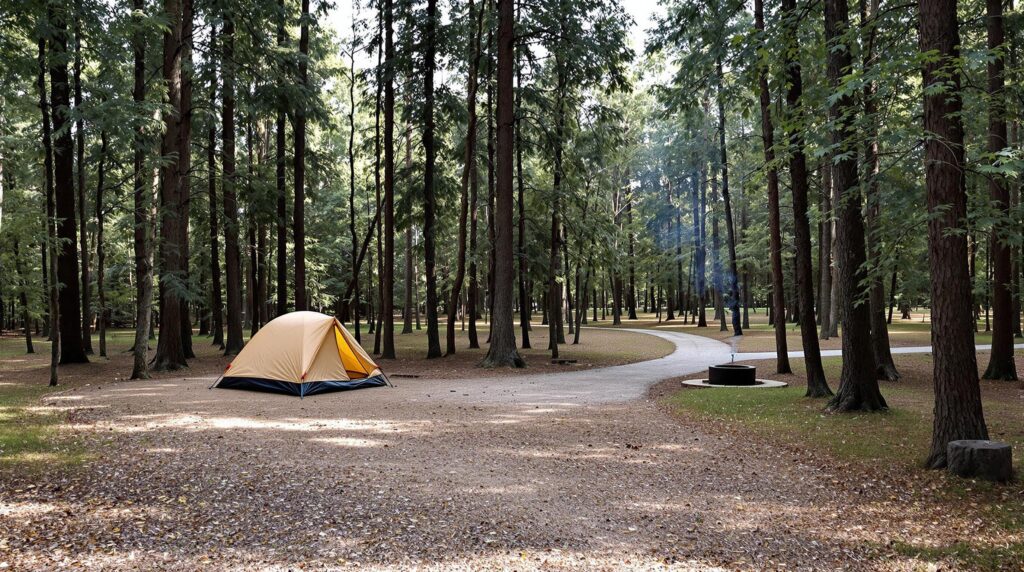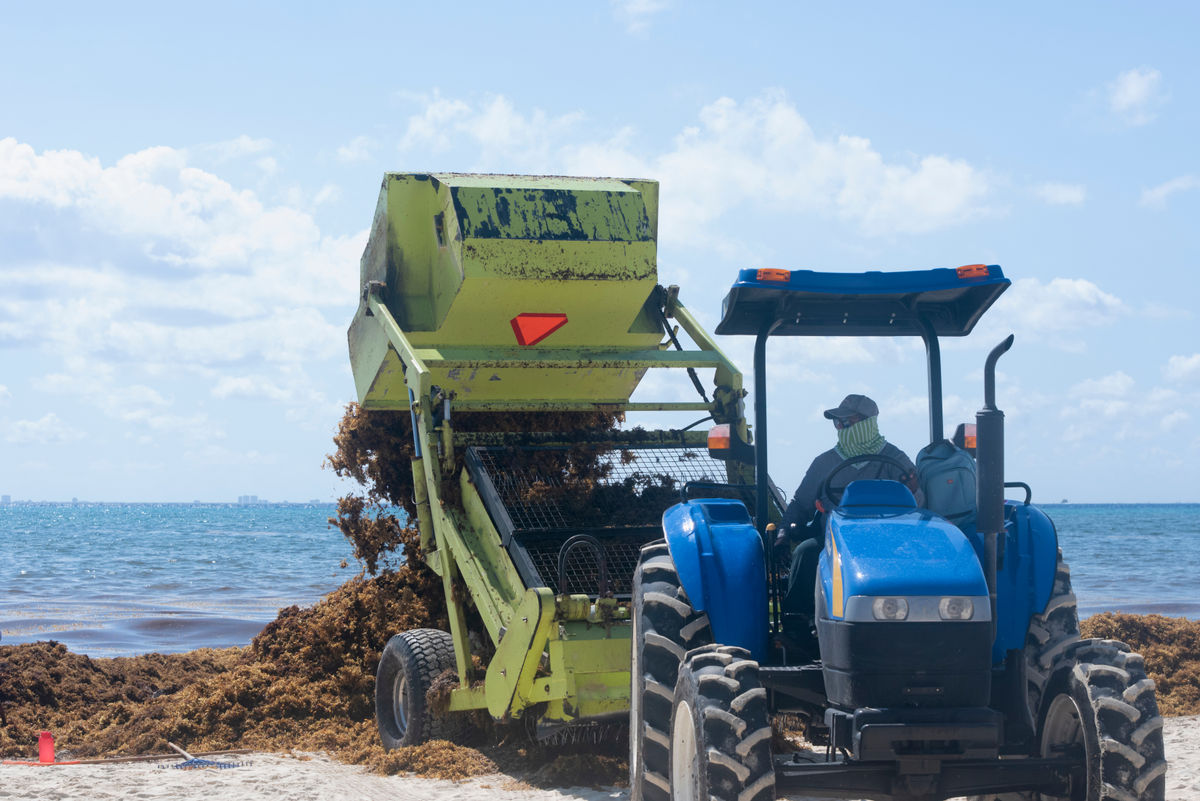A portion of the Loop Road at Craters of the Moon National Monument and Preserve in Idaho has reopened for motor vehicles after months of winter closures. According to an official notice from the National Park Service announcing the change, the cleared stretch now runs from the Visitor Center to the North Crater Flow Trail, allowing drivers to explore that segment of the volcanic expanse.
Before this move, the Loop Road and much of Lava Flow Campground had been closed to vehicles since late fall. The agency’s standard approach involves shutting down motor vehicle access each snowy season to avoid accidents and lessen damage, but hikers, bikers, snowshoers, and cross-country skiers could still explore portions of the monument on foot or by non-motorized means.
The recent reopening also includes the east loop of the Lava Flow Campground, which is once again accessible by car. Elsewhere in the campground, visitors are asked to remain alert to any closures in effect while crews continue operating heavy equipment for snow and ice removal. That method, indicated in a separate park update about partial access, is intended to ensure the safety of travelers and staff.
Even during the colder months, backcountry tent camping is allowed on a permit basis in the closed campground loops or other designated areas. Those who choose to camp at that time must carry their gear into the site without the help of motor vehicles. A public reminder on the National Park Service platform highlights the ongoing work needed to manage snowy conditions for a safe and phased reopening each spring.
Some sections remain off-limits to motor vehicles while road crews continue clearing travel lanes. Officials note that entire stretches of the Loop Road could be subject to temporary closures to accommodate heavy equipment activity. This phased approach is a familiar pattern each year, ensuring gradual and stable conditions before fully opening.
Maintaining safe access in spite of lingering snow is a common challenge across similar destinations. To prepare for such shifts in road conditions, many private campground managers recognize the value of structured snow- and ice-removal protocols. A consistent plan to winterize water lines, electrical hookups, and restrooms can reduce potential damage from harsh weather and help facilitate a smoother transition to normal operations.
Those same concepts appear relevant at Craters of the Moon, where visitors retain some recreational opportunities even while plows are still in use. In many outdoor hospitality settings, partial closures mean owners must consider signage, barriers, and alternative routes for patrons. Clear direction helps travelers avoid coming too close to where machinery is working and promotes a safer experience in shared spaces.
Along with infrastructure measures, timely public communication plays an essential role in effective winter-to-spring transitions. Simple steps—like posting frequent status updates, launching text notifications, or offering a phone hotline—allow guests to stay current on site conditions. The monument’s directive to check its website or dial (208) 527-1335 is a straightforward blueprint for private campground operators who wish to keep their visitors informed of real-time availability.
Many properties now leverage digital reservation platforms that can highlight which loops or sites are accessible at a moment’s notice. These systems help streamline the booking process while enabling automated alerts whenever status changes occur. Consistent messages also set visitor expectations, reducing confusion when a campground opens only one loop or if certain areas remain walk-in only until snow can be cleared.
Researchers within the outdoor hospitality field have also tracked the financial benefits of adopting strong seasonal practices. A published guide notes that standardized winterization procedures have led to an average 28% drop in equipment damage and up to a 32% cut in maintenance expenses when combined with efficient snow removal according to a leading analysis. Strategic planning, in other words, can unlock measurable savings alongside improved safety.
Travelers to Craters of the Moon are encouraged to confirm the current status of roads and campgrounds. Arriving with accurate information reduces inadvertent disruptions and ensures a more comfortable stay. Contacting the visitor center or reviewing the official park website detailed here can minimize travel hiccups and clarify which amenities are open.
As the region transitions toward milder conditions, the careful reopening of the Loop Road and Lava Flow Campground highlights a measured plan that balances public enjoyment and infrastructural safety. The National Park Service’s incremental process serves as a reminder that close monitoring, timely announcements, and ongoing maintenance enable smooth and secure travel in areas where winter weather lingers.
.png)
.png) 1 day ago
1
1 day ago
1








 English (US) ·
English (US) ·  Spanish (ES) ·
Spanish (ES) ·